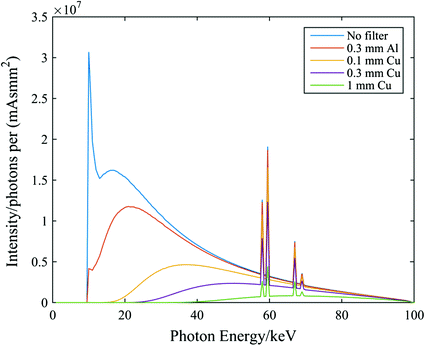


#Change cm to mm xscan radiology serial#
In the past two decades, non-destructive 3D OM methods without serial sectioning have been proposed using third-generation synchrotron-based x-ray diffraction and imaging techniques such as diffraction contrast tomography (DCT), 3, 4, 5, 6, 7) 3D x-ray diffraction (3DXRD) microscopy, 8, 9, 10, 11, 12, 13, 14, 15, 16, 17, 18, 19, 20, 21) high-energy diffraction microscopy (HEDM), 22, 23, 24, 25, 26, 27, 28, 29, 30, 31, 32, 33, 34) scanning 3DXRD, 35, 36, 37, 38, 39, 40, 41, 42) and differential-aperture x-ray diffraction microscopy (DAXM). Therefore, nondestructive measurement techniques are desired. However, we cannot track changes in orientation due to the deformation or damage processes because the samples are destroyed and continuous measurement is not possible. 1, 2) In EBSD-OM, three-dimensional (3D) orientation maps necessary for materials modeling can be produced with serial sectioning of samples. Today, orientation microscopy (OM) with electron backscatter diffraction (EBSD) is widely used to investigate the mechanical responses of engineering materials with a numerous number of grains with different orientation. Since large strains that affect reliability is mostly plastic strains, and a change in crystallographic orientation mostly corresponds to the plastic strains, it is useful to measure orientation and determine crystallographic rotation for reliability evaluation. One of the important parameters in characterization of mechanical properties are strains. Experimentally measured mechanical properties would be useful in the development of the multiscale modeling, a key for advanced materials engineering that allows us to quantitatively predict the reliability of materials and components. In order to understand the properties that governs the materials reliability such as plastic deformation, creep, fatigue, and fracture, multiscale materials modeling is necessary because the mechanical properties are governed by the dynamics of the constituent materials and the materials possess hierarchical microstructures. In the case of steel, clarification of its mechanical response is expected to help reduce the weight of automobiles as a structural material and to lead to higher properties of motors as a functional material. This will also enable weight reduction through optimal design, leading to a reduction in environmental impact. Understanding of the mechanical response of the bulk materials under loading is necessary to improve the safety of components and structures. Metals and alloys are one of the most important materials for transportation industries and infrastructures in modern society. Nondestructive strain measurement techniques as shown here are considered important for the advancement of evaluation methods for deformation and deterioration of mechanical components. The magnitude of crystallographic orientation change due to tensile loading is considered to depend on local constraints such as the orientation, grain size, 3-dimensional position, and shape of adjacent grains. It was found that even when grains exhibited similar orientations before plastic deformation, it was not the case after plastic deformation. This technique enabled the nondestructive measurement of crystallographic orientation change in 80 grains before and after plastic deformation. The development of a special in-situ loading device that can be used in the limited space of 3DXRD setup has realized measurement of deformation behavior of steel during the tensile loading process. High-energy synchrotron radiation x-ray enables internal measurements, and the diffraction method using scanning microbeam and conical slits enables measurement of three-dimensional distributions. We propose scanning three-dimensional x-ray diffraction microscopy, 3DXRD, in combination with the in-situ measurement tensile tester. However, since strain distribution varies under constrained conditions, nondestructive measurement inside the material is necessary to determine the actual mechanical response of the material. Electron backscatter diffraction (EBSD) method can measure strains only on the sample surface. Large strains that affect reliability can often be measured as changes in the crystallographic orientation. One of the key parameters in mechanical characterization is strain. Understanding of deformation and degradation of bulk metals under loading is necessary to improve the safety and environmental performance of mechanical components such as automobile parts.


 0 kommentar(er)
0 kommentar(er)
